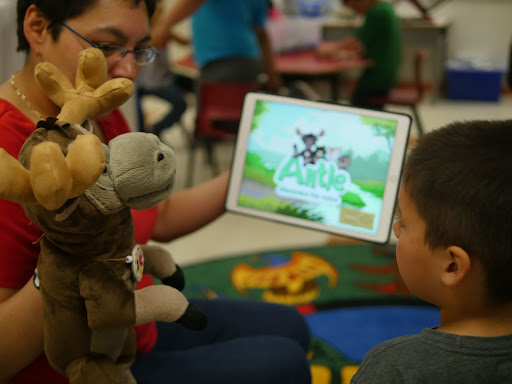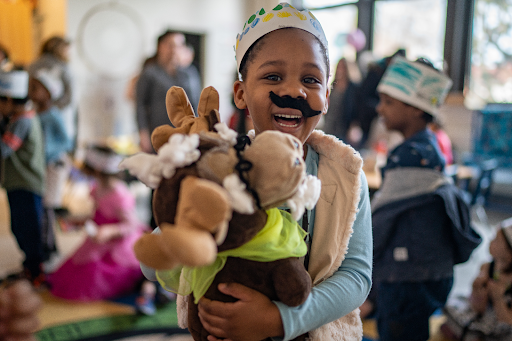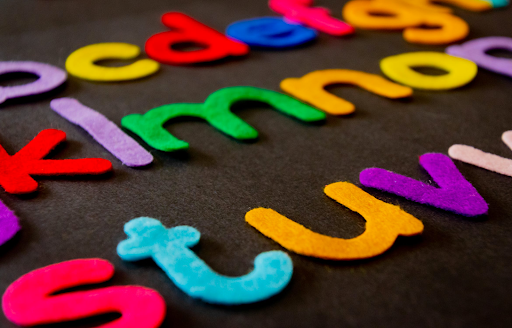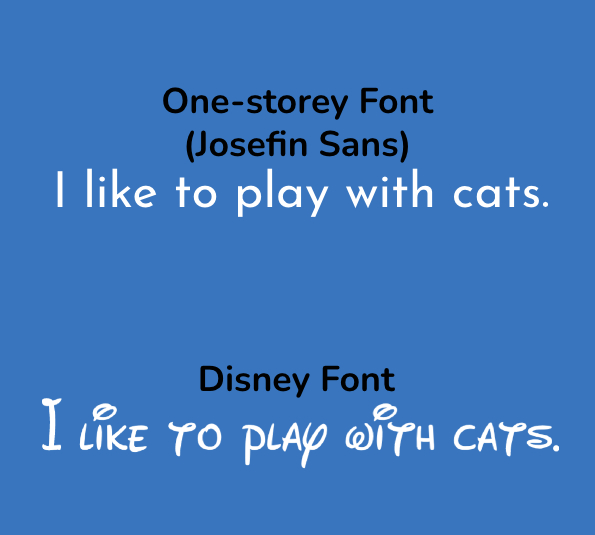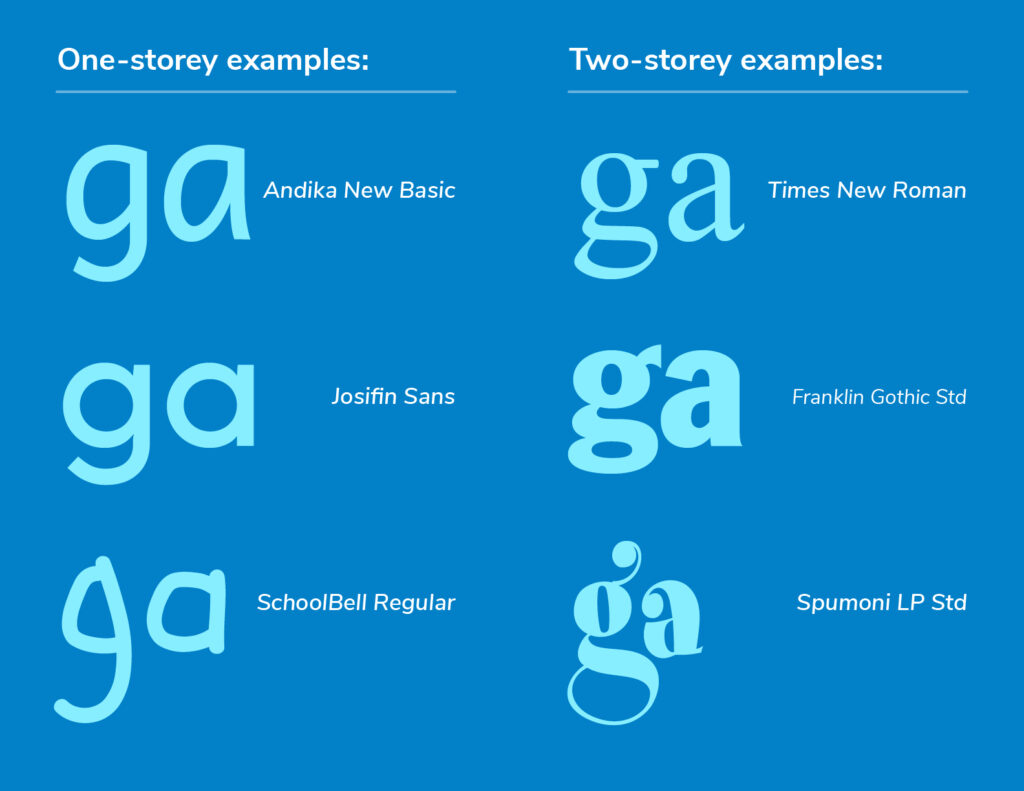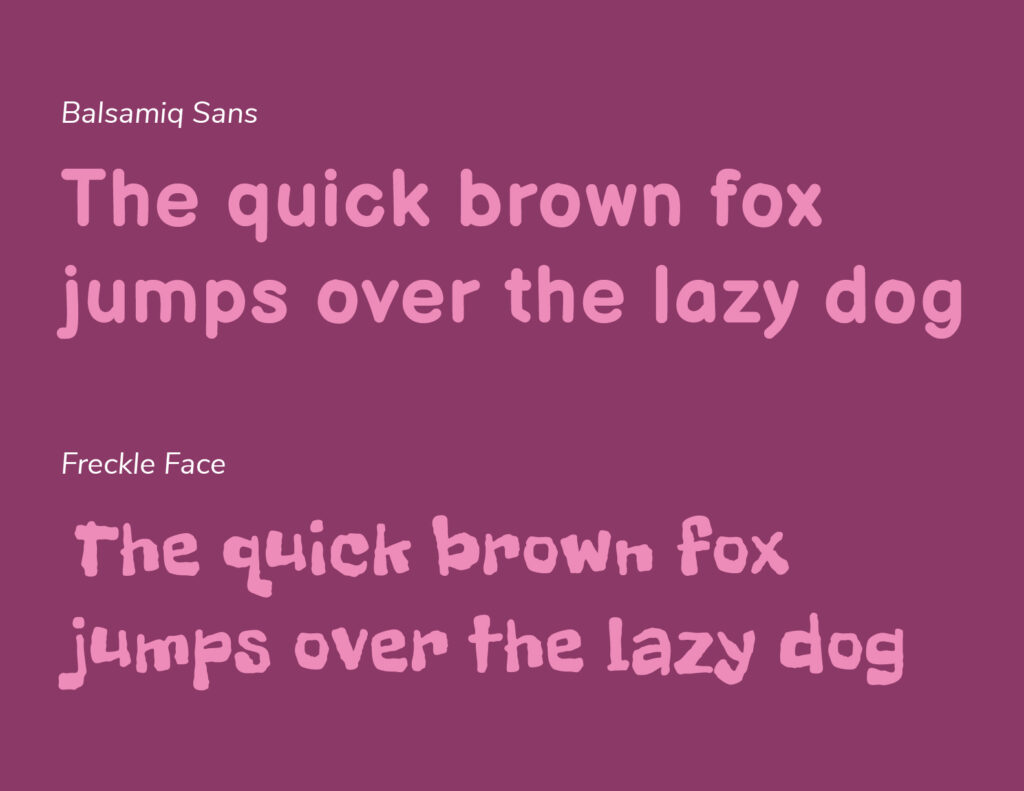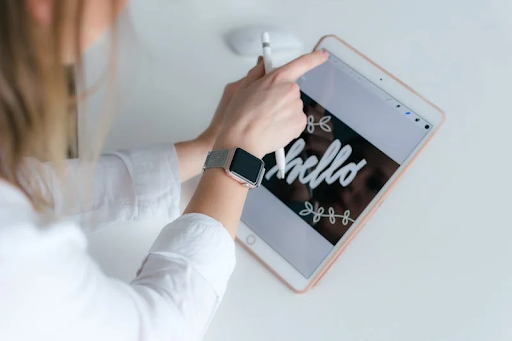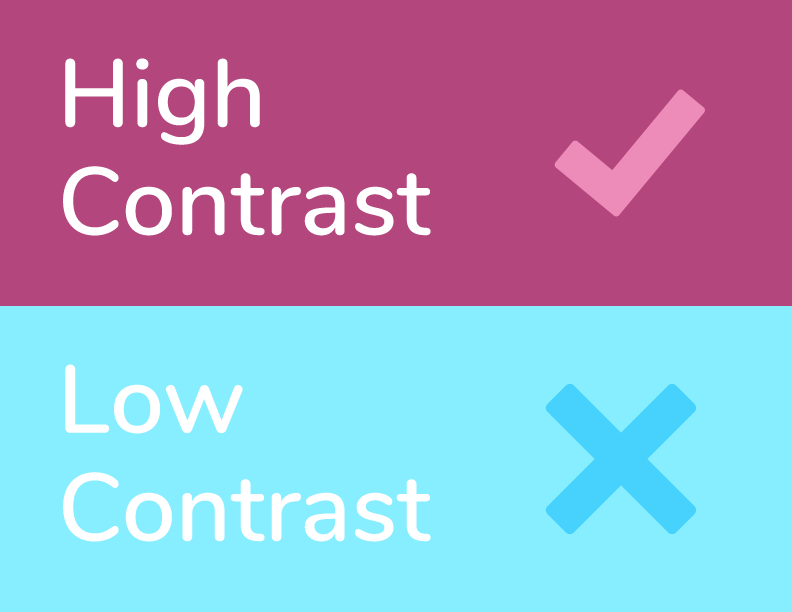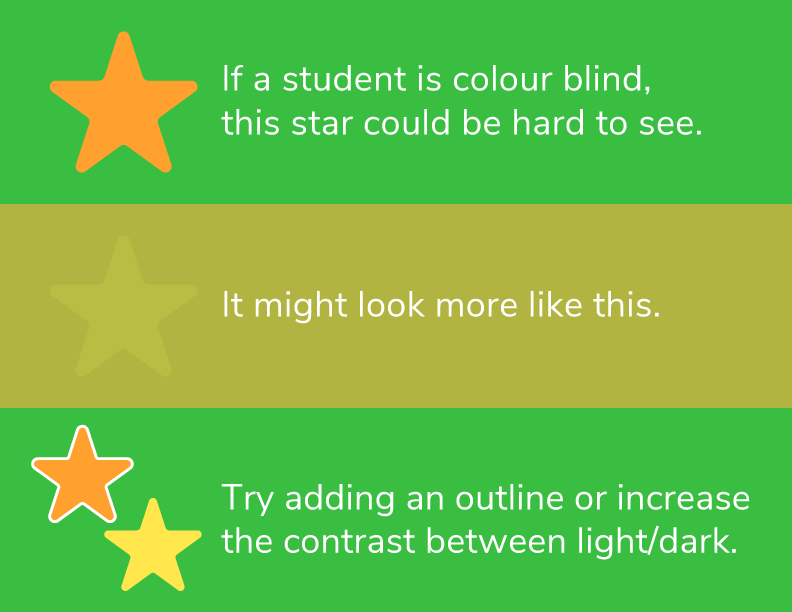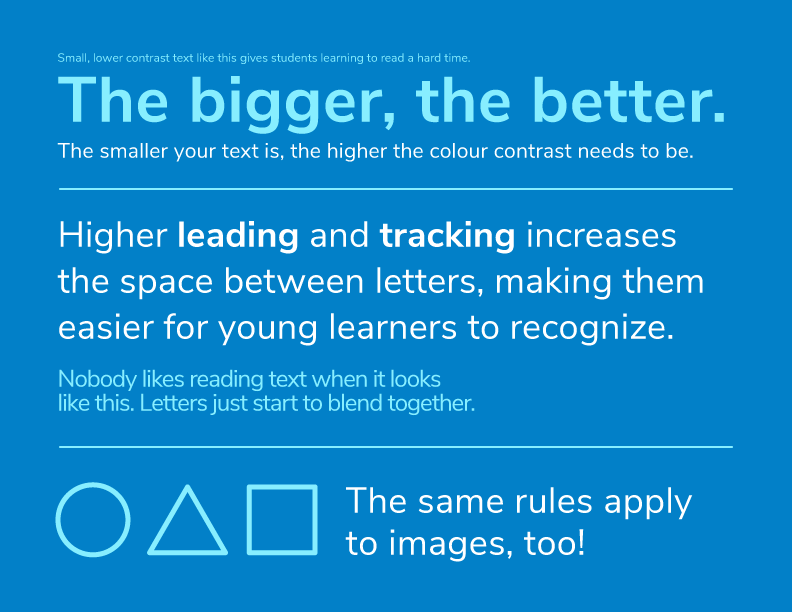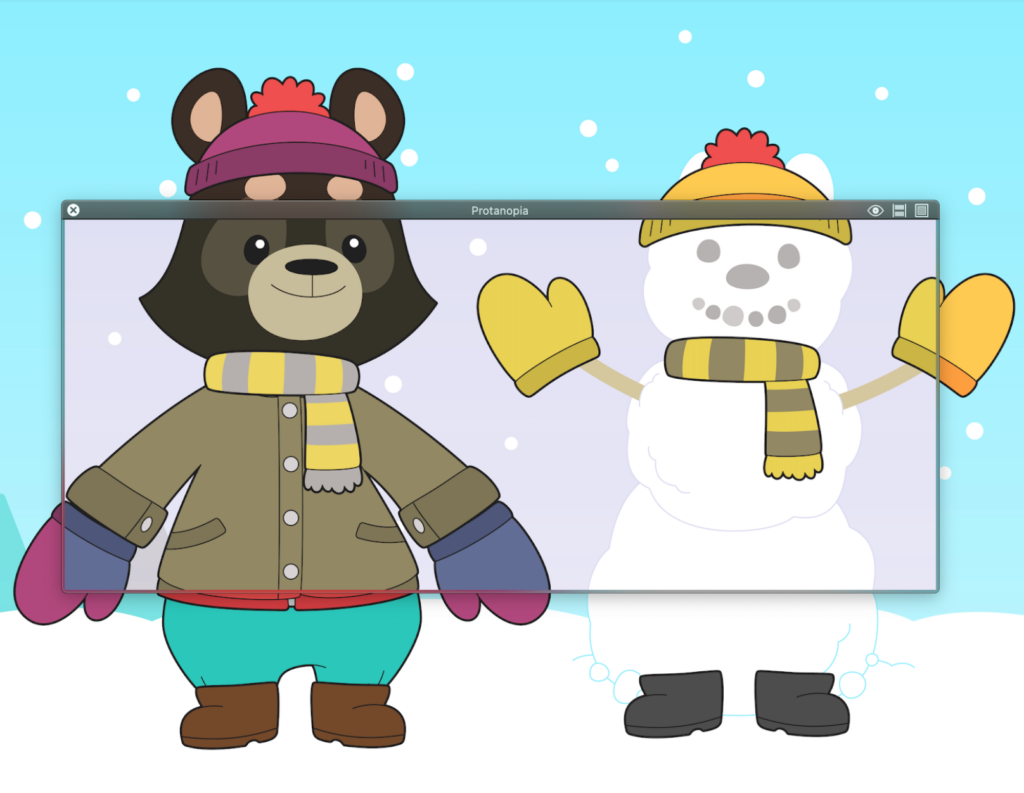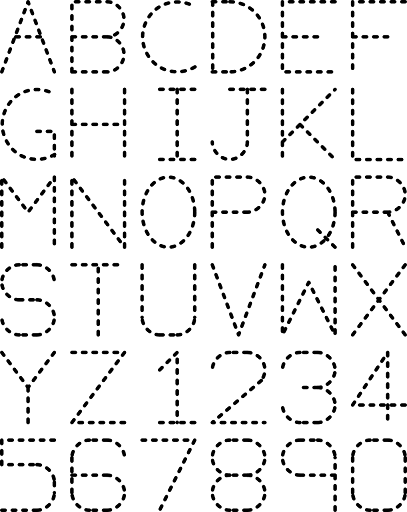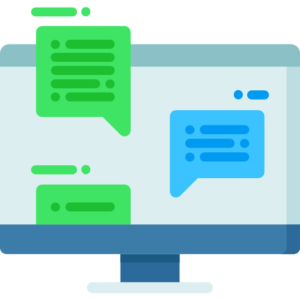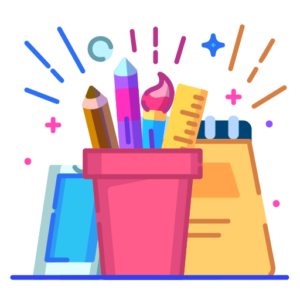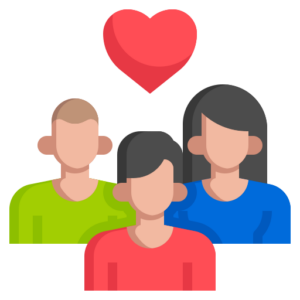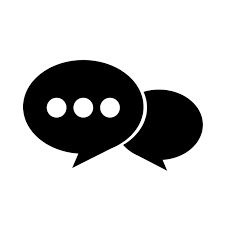Achieving equity in education is a crucial goal for all organizations.
Sprig Learning is one among many. Our ultimate mission and purpose is to provide every child with a fair shot at success, by uncovering and supporting their unique learning strengths, needs and interests.
However, navigating the field of early childhood education can be challenging, with a constantly evolving lexicon of terms and concepts.
Words have power.
Researchers, professors, administrators, and practitioners in early childhood education use hundreds of terms that shape the discourse on equity in education, and ultimately lead to policies that drive change.
New words and concepts are constantly emerging, but it can be difficult to understand their meaning and relevance.
It’s important to understand the relevant terms and concepts used in the field of equity in education.
By having a clear understanding of these terms, it becomes easier to find the right tools, resources and solutions.
Want to know more about the relevant terms and concepts? This article goes over 15 essential terms in early childhood educational equity. Let’s dive in.
The Essential Terms To Advance Equity in Early Childhood Education

These terms will focus on early education, and not early childcare. While they are often grouped together, there are distinct differences between the two.
Words like “child-care access” and “community-based child care” focus on the practical aspect of finding caregivers, rather than on learning.
Ensuring equal access to opportunities is important, but it is the delivery of the program to each child that ensures equity.
Quality programs are those that provide proper differentiated instruction and leave no child behind.
These terms focus on achieving equity in early learning by increasing the quality of programs.
1. Accommodation.
Refers to the adjustments made in standards and assessment tools to allow certain students to learn and demonstrate their learning in their own way.
However, the content of learning is not changed for them, it follows a curriculum. Rather, the process of learning is adapted to suit the student’s needs, such as difficulty with the English language.
When deciding on a tool to improve early learning quality, it’s best to see how it differentiates instruction from the teacher’s point of view, and personalizes learning from the child’s point of view. Both are equally important.
2. Adult-child ratio.
Refers to the appropriate number of early education educators for a certain class size.
The Administration For Children & Families in the US recommends 1 trained adult for 6-10 preschoolers (aged 3-5) and 1 trained adult for 10-12 school age children (aged 5 and above).
It also recommends a maximum class size of 12 and 24 students for the two categories above, meaning each class should be managed by two educators.
The Canadian Child Care Federation recommends a 1:8 ratio of adults to preschoolers.
The preferred scenario is smaller class sizes, where each educator can devote their full attention to the students.
As the adult-to-child ratio is so crucial, it’s beneficial to have a tool that will lessen some of the administrative duties for teachers working in large classrooms.
It’s also important to understand how any technology or resource will be used by the lead teacher and the co-teacher.
Ask yourself, how is a tool suited to any of these 6 styles of co-teaching?
3. After School Program.
Refers to programs serving school children outside of school hours, also known as out-of-school time programs.
Childhood is a valuable time.
It can be said that too many organized after school programs such as recreational activities, mentoring or social clubs can unnecessarily tax the development of young children.
Afterall, the school is supposed to be a place to work on other developmental domains besides just cognition and language. Physical and socio-emotional development cannot be relegated to other programs.
But, depending on the strategy of each school district, certain support systems may be created outside of school hours that make it easier for the parents to manage their child’s schedules and ensure they are developing holistically.
When choosing a resource or platform to increase the quality of early learning, it’s best to understand how its usage transitions from the school to the home.
4. At Risk.
Refers to those students who may need additional support for their child development and learning.
It’s important to identify children “at risk” early on, so necessary interventions, supports and measures can be taken.
Most brain development happens between birth and age 8, so it’s crucial to provide support at this stage early on.
Risk factors include lower soci-economic status, community conditions and experiences, and lack of access to high-quality education.
By choosing to improve the quality of early learning, the at-risk factors can be mitigated to some degree.
More holistic and comprehensive screening and assessment tools can also support young at-risk learners. Such tools can help apply a 360 degree account of the students needs, interests and challenges that reflect multiple learning environments.
5. Attachment.
Refers to the deep emotional connection between a parent or caregiver, and a child.
Human connections contribute to the child’s overall sense of wellbeing. It is an indicator of healthy child development and learning.
Technology is a poor substitute for the emotional bonding that can happen between an adult and a child in their formative years. That being said, the context matters in which a particular tool or resource is being used. There are 4 attachment styles, of which secured attachment is the best.
Technology can also be used to encourage parental involvement or promote activities that work on establishing secure attachment between the child and the people who care for, and educate them.
6. Continuity of Care.
This is a term that is more commonly associated with child care and it refers to the transitions from one person or setting to another person or setting.
However, it can also be applied to early education. Preschool programs are a type of setting where the young student spends a considerable amount of time.
Maintaining constancy in the kind of individuals and environments with which the child interacts during his or her early years enhances brain growth and learning.
When deciding tools and resources that improve quality in early childhood education, see if they focus on maintaining this continuity where educators, parents and any other caregivers are able to collaborate on the best outcome for the child.
7. Cultural Competence.
Refers to the incorporation of cultural knowledge, customs and language of a particular group of people into the educational standards, policies and practices.
Classes are more diverse than ever before.
Thus the need for cultural competence is at an all time high. Understanding the community of learners and their contexts can support the development of appropriate culturally responsive materials.
In order to advance quality in early learning programs, it’s best to confirm if culturally appropriate learning materials are available that are reflective of the student body.
8. Curriculum.
Refers to an outline of what children will be learning, and the learning materials and processes available to them to achieve those learning outcomes.
Having a set outline, course content and process for learning seems straightforward, but often, only general guidelines are released. This leaves a lot of room for flexibility when it comes to implementing the curriculum.
The learning outcomes are perhaps the most rigid aspect of the curriculum, because they are developed and agreed upon by the local, regional or national governing bodies on education. However, such curriculum guides can be general in nature. There is much room for input from the school board, directors of curriculum, and building-level teachers and administrators.
Solution providers can step in to make this “top-down but flexible” process easier on the schools.
It’s good to understand if the solution has actually made their own version of the curriculum, or if it promises to align to the local, state or provincial curriculum.
9. Developmental Domains.
The wide range of research defines somewhere between four to seven developmental domains, which refer to the specific aspects of growth and change in young children.
Attached to these developmental domains are developmental milestones.
They allow educators, parents and caregivers to keep track of appropriate development or intervene when there is a cause for concern.
A lot of research has been conducted that connects reaching the developmental milestones to success in later life in what is known as developmental outcomes.
There are other determinants as well such as family income and health, but developmentally appropriate early education is certainly a leading indicator of success.
It’s best to find a tool that has mechanisms in place to understand the unique personality of every child, their learning style and their family background. Activities, practices, settings and behaviors can be modified to match the learning needs of the student.
While language, cognitive, physical and socio-emotional development are standard domains, adaptive/self-help and spiritual/moral domains are more rare. A holistic learning approach considers all of the above.
10. Executive Function.
Refers to cognitive skills that help children regulate their behavior such as their ability to focus, remember instruction and control certain inhibitions to complete a task.
Executive function is extremely important in early childhood education as there is a strong connection to both academic and social success.
Before choosing a learning solution or resources, it’s a good idea to ask what activities or exercises are offered to promote executive function.
11. Bias.
Bias in early childhood education can be both implicit and explicit.
Implicit bias is an automatic or unconscious reaction someone has toward other people. With explicit bias, individuals are aware of their prejudices and attitudes toward certain groups.
While it’s not possible to get rid of bias completely, there are measures that can be taken to mitigate it. Using more culturally responsive assessments and having an assessment process that considers more viewpoints are great tactics in the battle against bias in early learning.
When picking a tool or platform, it helps to know how inclusive and culturally responsive the assessment process is.
Perhaps it’s not an out-of-the-box solution due to the level of customization that is needed, but it is definitely reassuring to know if such arrangements can be made.
12. Motor Skills.
Refers to fine motor skills and gross motor skills.
Fine motor skills involve control of the small muscles in the body to complete activities like drawing or writing. Gross motor skills involve control of the large muscles in the body for activities such as running and jumping.
Motor skills are absolutely crucial for early education because physical development is a big part of growth. Cognitive and socio-emotional skills enable early learners to conceptualize and solve problems or acquire early literacy and numeracy, but in order to perform certain activities that show those skills, motor skills are needed.
Also, young students have a lot of energy, which is why play-based learning has emerged as one of the most popular learning styles in preschools and kindergartens.
To boost quality in early learning programs, it cannot be all desk-based or stationary activities. There has to be a healthy mix of mobile activities, both inside and outside the classroom.
13. Observational Tools.
Refers to instruments that are used to assess and communicate the level of quality in early education programs.
Classroom assessment scoring systems and environment rating scales are used in the US to improve the quality of teacher effectiveness and learning environment respectively. The Federal Secretariat on Early Learning in Canada also recommends these two scales to measure quality.
If you plan to use observational methods at your school, it’s helpful to know the degree of quality and the sort of quality that will be measured. For example, 30 years of research papers on the subject were reviewed to reveal that good staff-to-child interactions and development-focused curricula were the best drivers of process quality.
14. Parent Involvement.
Refers to the active participation of the parents in the child’s education.
It requires communication between the parents and the child’s educators. When this communication extends to a relationship with regular interactions, it is known as family engagement.
It’s ideal if a quality improvement platform is able to measure parental involvement.
15. Protective Factors.
Refers to the characteristics that counteract the effects of risk factors in early learning. One in six children face developmental problems at school entry.
To minimize this risk, protective factors include community and social support and knowledge of parenting and child development.
Examine whether your solution uses a strengths-based approach, which aims to emphasize all of the positive aspects of healthy development rather than focusing on the downsides.
Of course, at-risk factors will exist for some children. However, it is the reaction to those risk variables that will determine the final outcome.
The Short of It — Internalizing All The Terms

There were plenty of terms that were left out in this document because of their overly technical nature. These include: terms relating to funds, or terms related to the various types of child care that do not specifically speak to any educational quality component.
At the end of the day, achieving equity is a long-term oriented goal.
To begin the arduous task of closing opportunity gaps, it’s helpful to understand the relevant terms that determine the quality of education in an early childhood setting.
Only when these concepts are properly understood, they can be fine-tuned in an existing program or included in a new program. The end result is quality enhancement.
When the quality of early childhood education is raised, there is a higher chance of any existing accessibility and equality translating into equity.
Sprig Learning builds culturally relevant resources and assessments to provide a holistic learning experience to all students. To learn more about how your program can address inequity in early learning, give us a shout.
